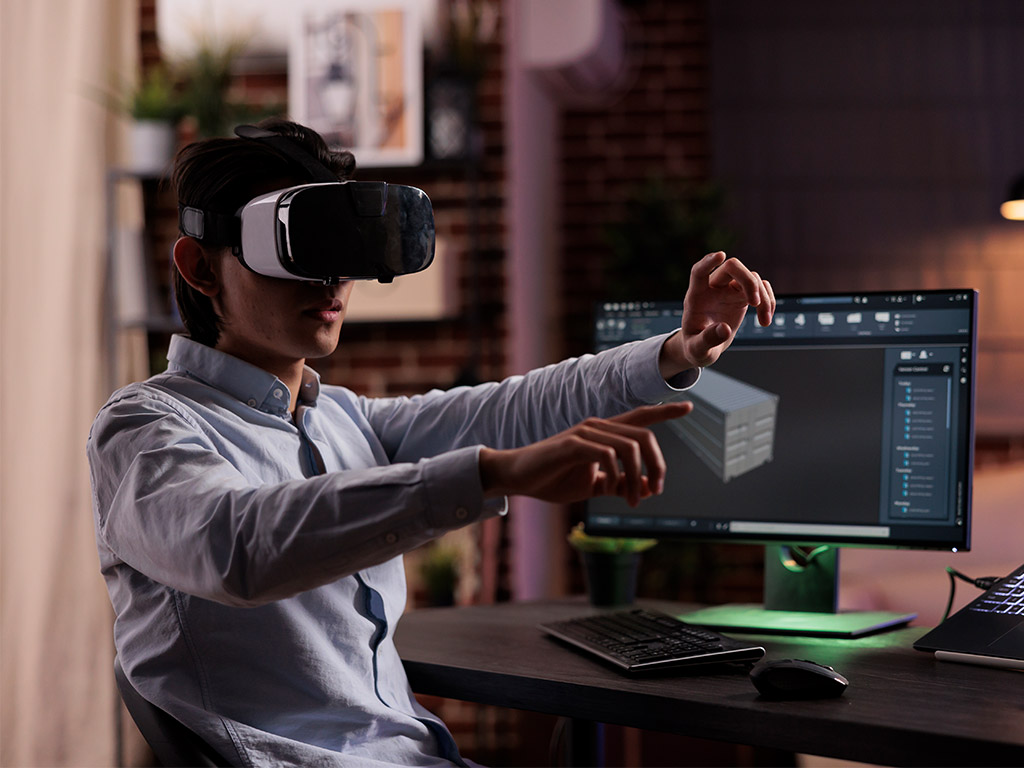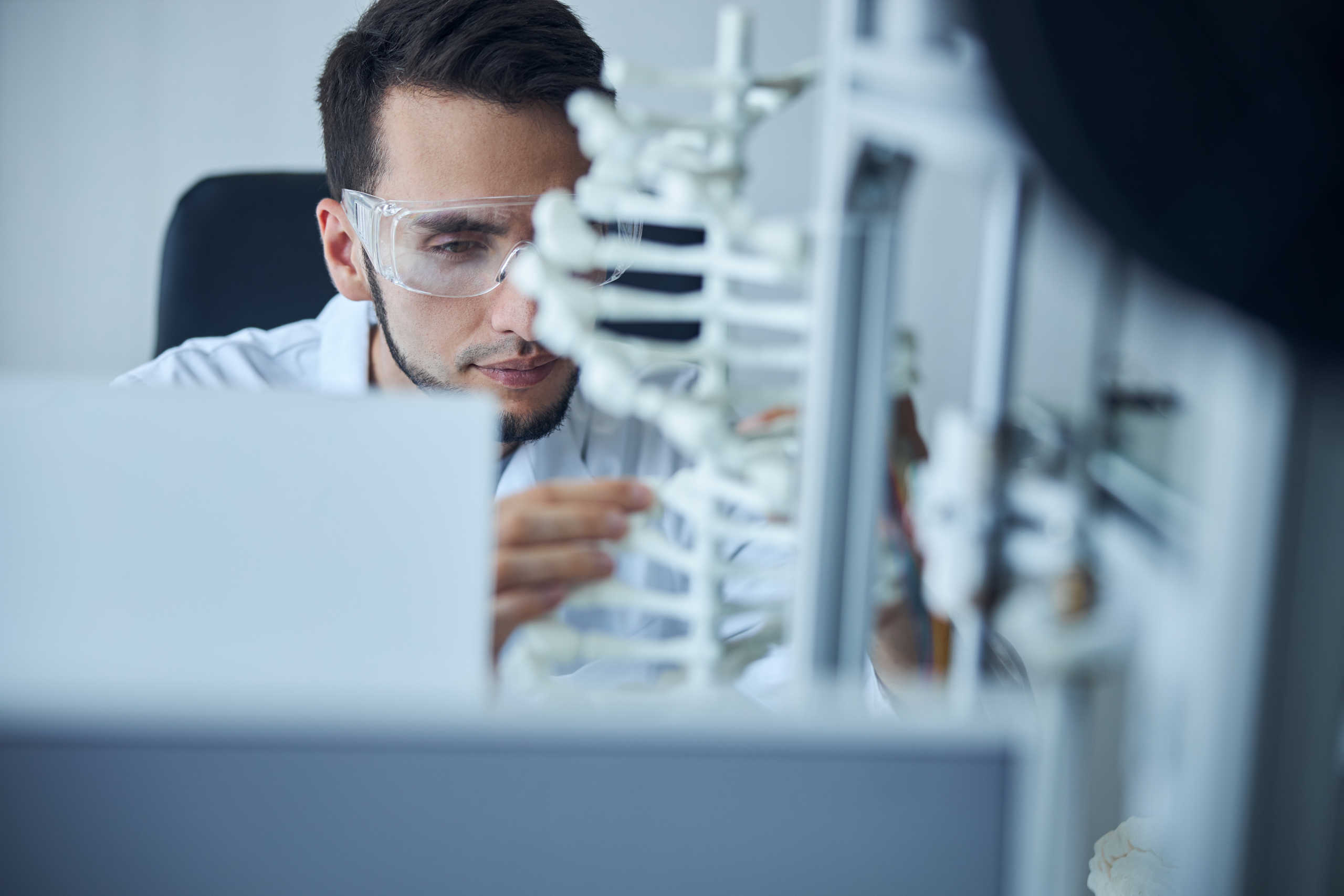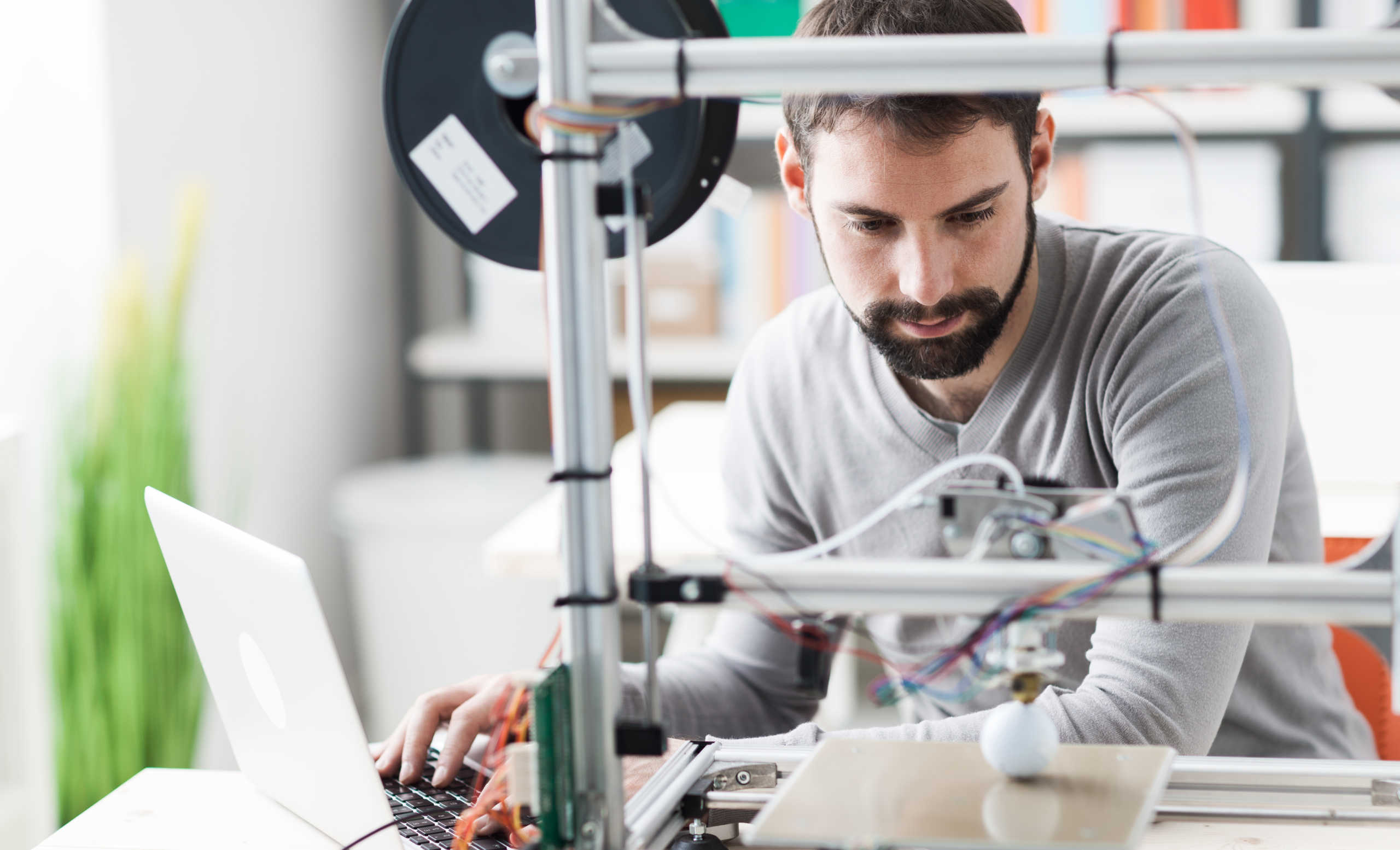Smart cities are becoming more and more popular across the world, and with good reason. They offer many benefits to their residents and visitors, including better mobility and better living conditions.
The United Nations Economic Commission for Europe (UNECE) defines a smart sustainable city as “… an innovative city that uses ICTs [Information and Communication Technology] and other means to improve quality of life, efficiency of urban operation and services, and competitiveness, while ensuring that it meets the needs of present and future generations with respect to economic, social, environmental as well as cultural aspects.”
Traffic congestion and pollution are two of the biggest problems in many cities today, so having effective traffic management and street cleaning strategies is essential if you want to create a more sustainable society.
Qinchuan IoT is a company based in China which specializes in smart city solutions. In this article, we feature a patent and two patent applications from the company.
Methods for controlling traffic scheduling strategies in smart cities and internet of things (IoT) systems thereof
As urbanization continues to increase, cities must find ways to cope with the resulting problems of increased traffic congestion. This patent represents a significant step in the right direction towards tackling this issue by addressing traffic management of vehicles within the roads of a smart city.
In this patent, IoT (Internet of Things) devices and video cameras are utilized to collect real-time data which are fed into a Graph Neural Network (GNN) model. GNN is a machine learning model which is often used for prediction. By leveraging real-time data and machine learning, this patent invention can optimize traffic management by predicting areas likely to be congested. This prediction leads to a development of a comprehensive traffic scheduling strategy that can be implemented through traffic police scheduling, traffic light adjustment or temporary traffic controls which will help alleviate congestion and improve overall traffic flow.
In addition to improving traffic flow and reducing congestion, this technology has the potential to positively impact other areas of urban life, such as public safety, emergency response times, and air quality. Overall, the emergence of smart city technologies like this traffic optimization patent is a promising sign that we are moving towards more sustainable and efficient urban living.
Methods and internet of things systems for counting and regulating pedestrian volume in public places of smart cities
Vehicle traffic congestion is not the only problem encountered in highly urbanized cities. In recent years, we have become more conscious of the health hazards that overcrowded places may bring. For instance, infectious diseases such as COVID-19 and tuberculosis are easily transmissible in highly populated places.
This patent application aims to resolve this problem by providing a way for an ordinary person to determine pedestrian volume of a location remotely. The system requires an interconnected network of sensors within a location, user devices with apps for inquiring pedestrian volume and a server and database for managing data transfer from sensors to the user devices. A simple query entered in an app will fetch information from the server and sensor system that translates this information to user-friendly form to provide the volume of pedestrians present in the queried location. Based on the acquired real-time information, the user can then make a decision on which places are safer to visit.
US20230054003 showcases a practical technology that can improve urban living. With this invention, it may be possible to avoid another outbreak that can greatly affect the whole world.
Methods for managing cleaning routes in smart cities, internet of things systems, and storage mediums
An urban city provides a healthier environment if natural vegetation accompanies man-made structures. An infographic by Acciona shows that trees grown in cities can reduce ambient temperature as well as help in oxygen production and water conservation. Along with the benefits of trees in an urban environment, trees can also affect the environment negatively as the fallen leaves of trees can also reduce the water quality of cities if not cleaned properly.
This patent application addresses the problem of fallen leaves by providing an intelligent method of determining a cleaning route for roads based on sidewalk tree information (e.g. leaf density, crown size, leaf color), road condition information and weather condition information. These information are used to calculate the amount of fallen leaves within an area range as well as a level of difficulty in cleaning the area which can then determine the cleaning route for clearing the leaves from the roads.
Read more about smart cities in Parola’s Top Technology Trends for 2023 Report.





